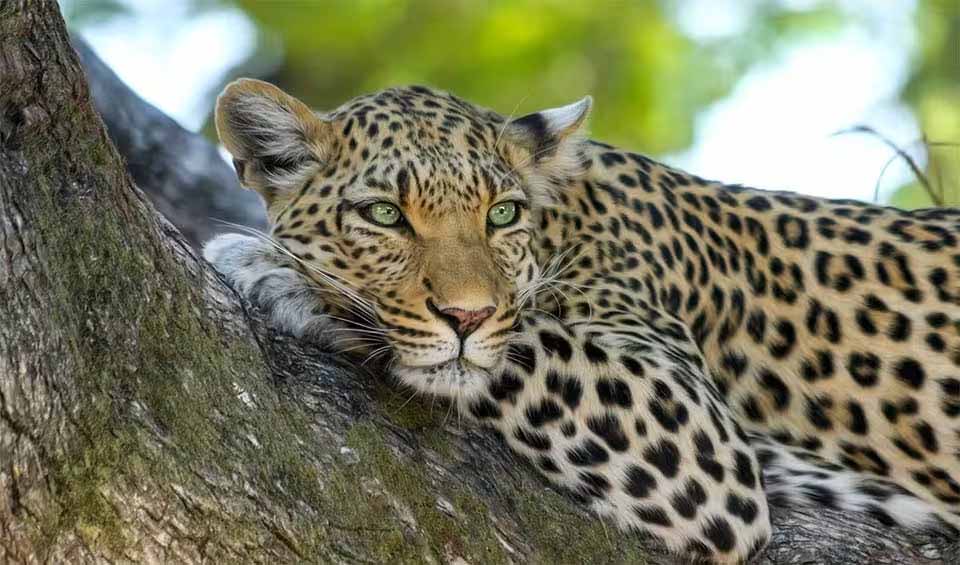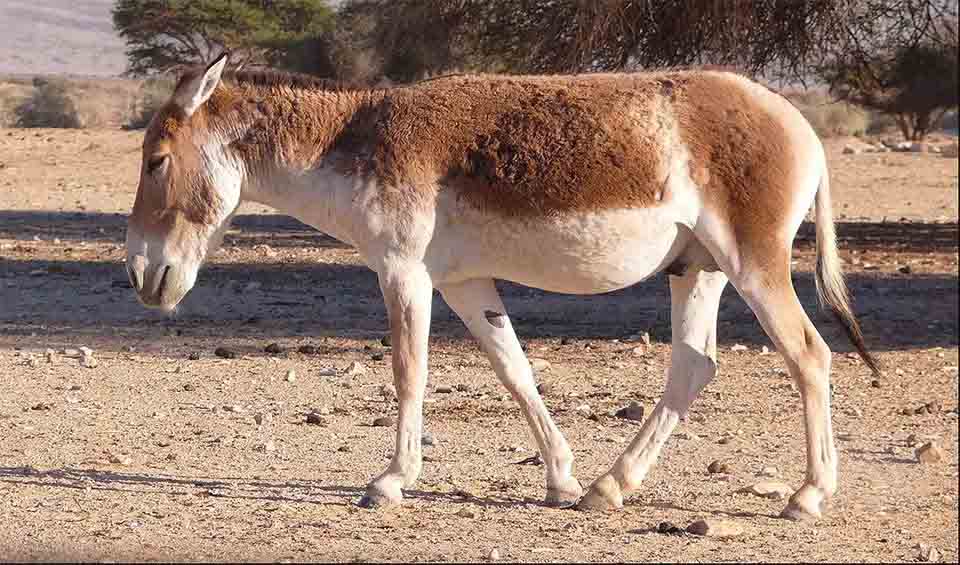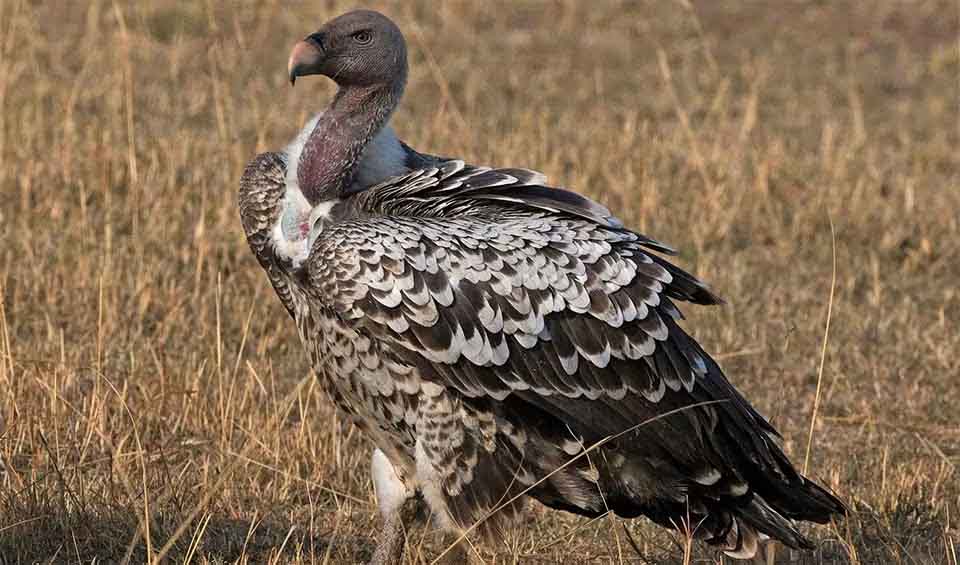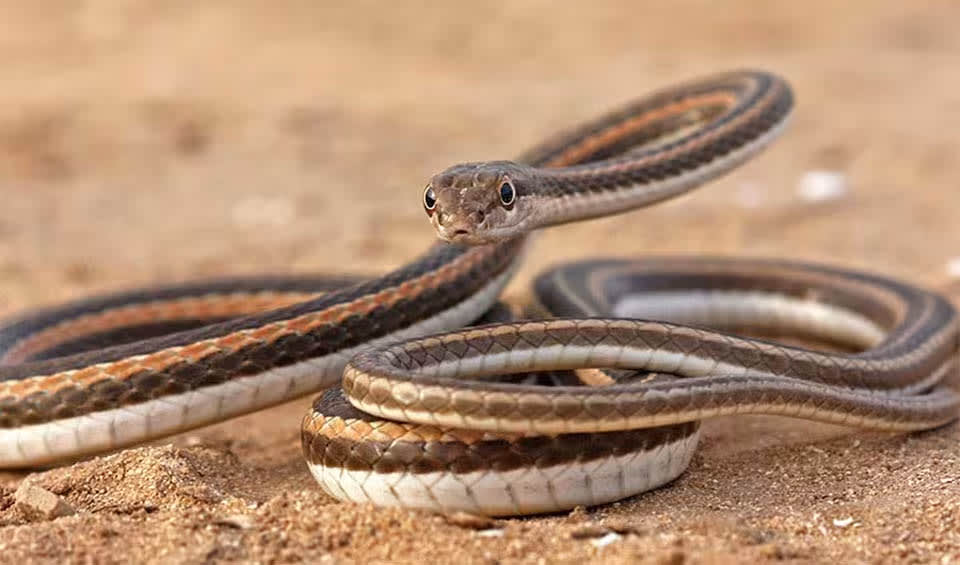Saudi Arabia’s biodiversity is a vibrant tapestry that spans vast deserts, lush oases, sprawling coastal areas, and the deep waters of the Red Sea. This kingdom is not only home to the iconic Arabian oryx and elusive sand cats but also shelters a wide variety of marine life including corals, dugongs, and sea turtles. Its landscapes range from the stark beauty of the Rub’ al Khali, the world’s largest contiguous sand desert, to the verdant heights of the Asir Mountains, which host a surprising array of flora and fauna due to their cooler temperatures and higher rainfall.
Saudi Arabia’s commitment to conservation is evidenced by its expanding network of protected areas and the recent initiatives aiming to safeguard and study its natural heritage, ensuring that the country’s ecological wealth continues to thrive under the sun’s relentless gaze.
Four pillars elaborated:
Saudi Arabia hosts several protected areas, including At-Taysiyah Protected Area, Jabal Shada Nature Reserve, Majami’al-Hadb Protected Area, Nafud al-‘Urayq, and Raydah. The country employs various national designations for these areas, such as Biological Reserve, Eco-Park, Geo-park, Hima/BR, and Inviolable Sanctuary, among others. The process of managing these protected areas begins with the clear demarcation of their boundaries, which legally establishes each area for effective conservation efforts. Land Management
Land Management
Saudi Arabia is confronted with several pressing environmental challenges that pose substantial risks to its natural and human systems. Among the most critical issues are the contamination of well water and the disposal of waste from cement plants, which contribute to pollution and pose health risks. Additionally, the country is experiencing heightened levels of sulfur dioxide and nitrogen oxide emissions, largely due to industrial activities and vehicular emissions, which contribute to air pollution and respiratory problems. Threats to Biodiversity
Threats to Biodiversity
Land degradation and desertification are also major concerns, exacerbated by unsustainable land use and climate variability, leading to reduced agricultural productivity and biodiversity loss. These environmental challenges, if not addressed, could lead to increased pollution levels and pose significant environmental and health risks across the country.
Saudi Arabia has formulated a National Biodiversity Strategy to promote the conservation and sustainable use of biodiversity, outlining 17 strategic objectives for in-situ conservation across both protected and non-protected areas. Additionally, the Kingdom has established a National System Plan of Protected Areas, targeting coverage of approximately 10% of its total area, encompassing both land and marine environments to preserve a diverse range of biotopes, ecosystems, and geographic features. Furthermore, under the Saudi Green Initiative, the nation has pledged to protect 30% of its terrestrial and marine territories by 2030, underscoring its strong commitment to biodiversity conservation and environmental stewardship. Capacity and Governance
Capacity and Governance
Saudi Arabia is engaged in global biodiversity conservation efforts through its active participation in the Convention on Biological Diversity (CBD). The country has crafted a National Biodiversity Strategy and Action Plan that aligns with the objectives of the CBD, emphasizing the significance of research and monitoring in effective conservation practices. To this end, Saudi Arabia is investing in research initiatives aimed at understanding and mitigating biodiversity loss, including projects focused on endangered species and habitat restoration. Future Trends
Future Trends
Biodiversity
The flora of Saudi Arabia reflects its unique geographical position at the junction of Africa, Asia, and Europe, boasting a diverse array of flowering plants, many of which are regionally endemic. A significant portion of these plants provide direct benefits to humans, while others are recognized for their poisonous properties or used in traditional medicine, highlighting their medicinal value.The country’s varied biodiversity also includes a rich mix of mammal, bird, freshwater fish, reptile, and amphibian species, attributable to its pivotal location between Africa and Eurasia, which allows elements from both continents to intermingle. This rich biodiversity underscores the ecological significance of the Arabian Peninsula.
In the table below are the number of known species in several main groups, how many of these species are Threatened with extinction, and how many of them are Endemic (unique to Saudi Arabia only):
| Species (World rank) |
Threatened | % Threatened | Endemic | % Endemic | |
|---|---|---|---|---|---|
| Mammals | 96 (#115) | 11 | 11.5% | 1 | 1.0% |
| Birds | 392 (#88) | 19 | 4.8% | 1 | 0.3% |
| Reptiles | 123 (#77) | 3 | 2.4% | 4 | 3.3% |
| Amphibians | 7 (#149) | ||||
| Fishes | 875 (#62) | 64 | 7.3% | 24 | 2.7% |
| Plants | 2,250 (#143) | 4 | 0.2% | 246 | 10.9% |
mammals
Leopard
Disappearing graceful shadows, this tree-climber is on the way to extinction
Arabian oryx
A desert icon, stands tall, thriving in the sand – truly born to be wild in their extreme habitat
Onager
Two out of six subspecies were hunted to extinction: the European & Syrian wild ass
birds
Lappet-faced vulture
The African giant vulture has a wingspan up to 2.80 m (9 ft) wide
Rüppells vulture
Once found flying 11,300 meters (37,100 ft) high, sadly, this was more of an accident than a discovery
Pin-tailed sandgrouse
This bird looks like a modern mosaic art-piece
reptiles
Schokari sand racer
With lightning-fast speed and a keen sense of smell, this predator easily captures prey in the desert
African spurred tortoise
This giant is the largest African and third of all the tortoises on earth
Starred agama
With mesmerizing blend of bold blues, fiery reds, and sunshine yellows, it effortlessly catches the eye of all who cross its path
National Animals
Arabian camel
No more true wild animals: all are domesticated or escaped from stock
Saker falcon
Their keen vision enables them to scan vast landscapes, identifying small movements or potential prey items even from high altitudes















